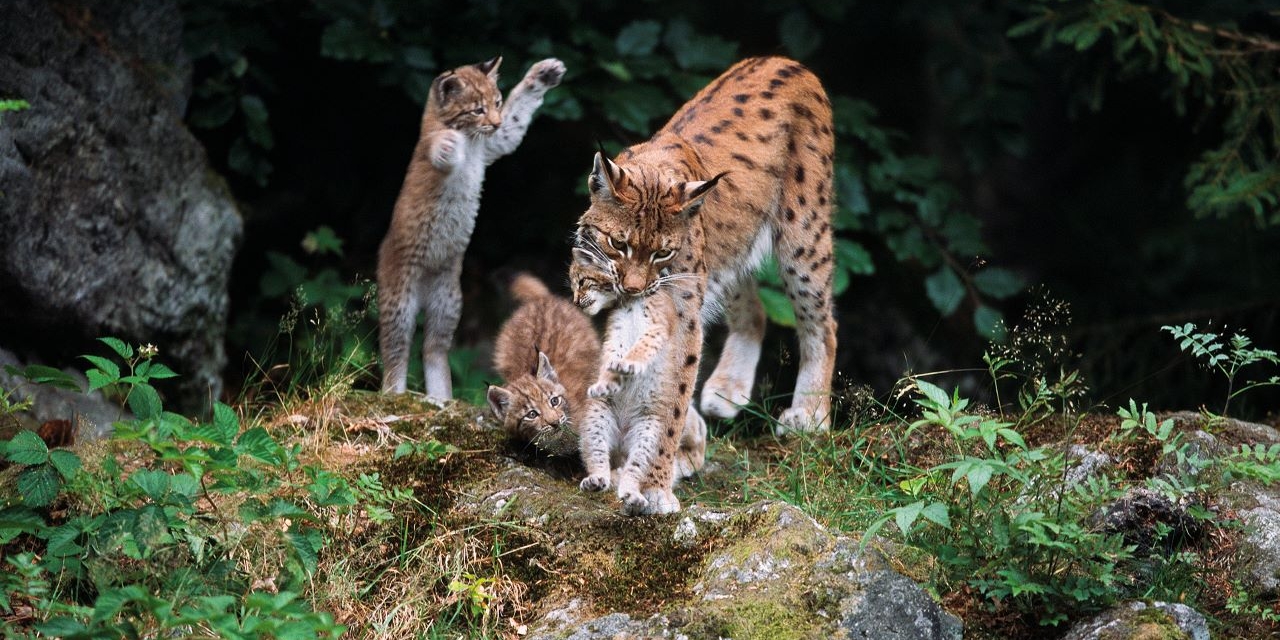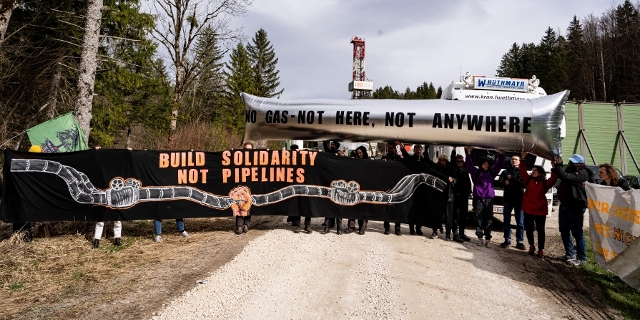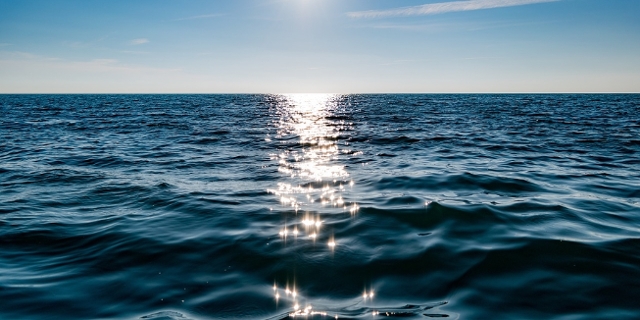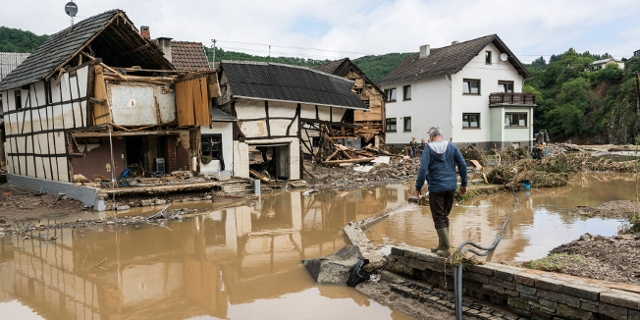Where The Lynx Still Roams
A cold spell in October has brought early snow to the slopes of Kalkalpen National Park well before the deciduous trees have lost their leaves. It’s created a magical atmosphere in the deep mountainous forest; the thin layer of white has settled over the autumn pallet of russets, browns, yellows and greens.
I’ve come here, to the slopes above the Upper Austrian town of Windischgarsten, to continue my self-appointed 2020 project of exploring the best of Austria’s pockets of vibrant nature. The EU and the UN have recently released alarming reports bemoaning the destruction of key habitats and I’m looking for story of hope.
Two local rangers, Iris Egelseer and Leopold Döcker, are guiding me as we hike ever upwards through snow that’s falling fast and heavily on a slanted wind. They sing as we walk; it’s the natural cheer of knowing you’ve set foot in an enchanted land.
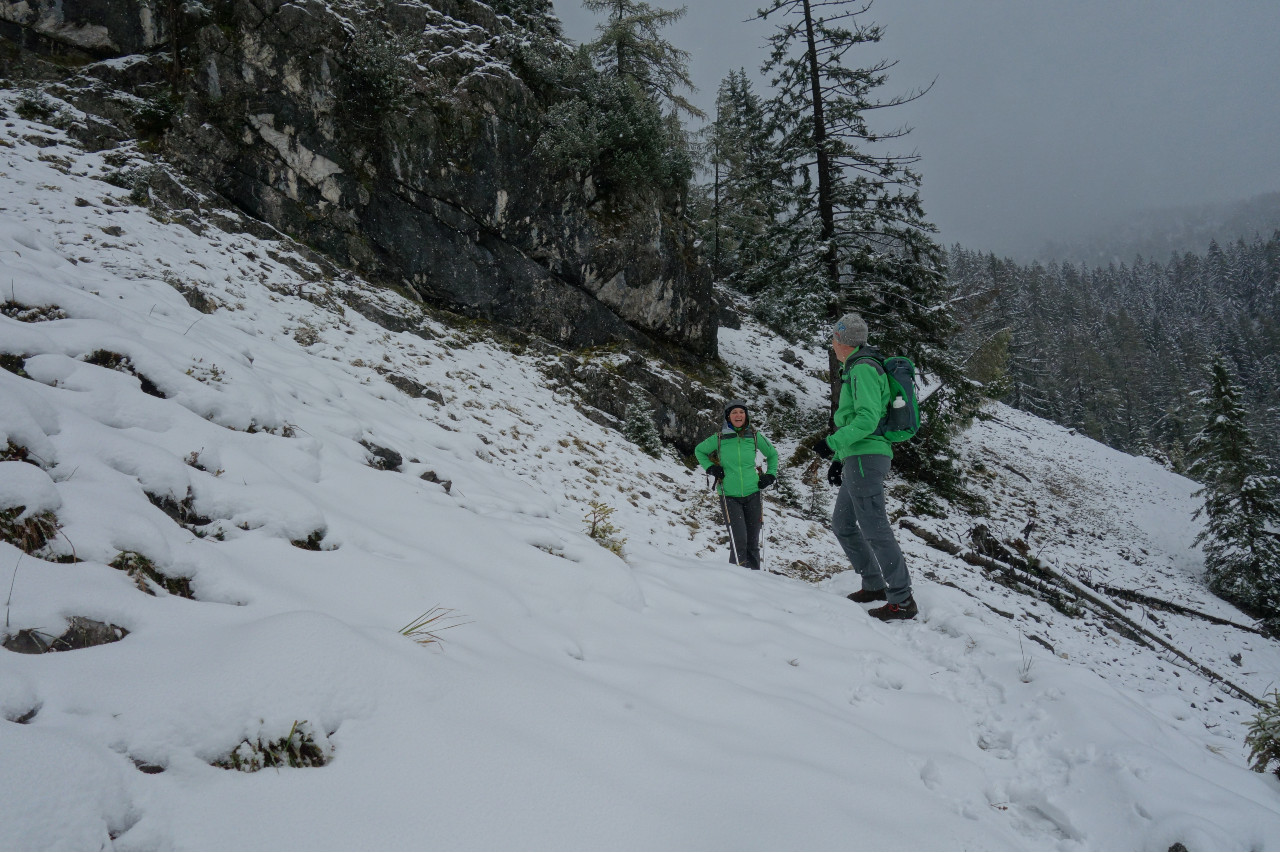
Chris Cummins
Diversity Means Resilience
This kaleidoscope of colours is beautiful and also a sign that the ecosystem is healthy. It shows the diversity of the forest; different deciduous species shed their leaves at diffent times.
More than three-quarters of the Kalkalpen national park’s surface is covered with forests and these trees are allowed to complete their entire life-cycle: to grow to age and to die. No tree is preferred, the rangers sit back and see how the forest develops, as different species compete for space and light.
How The Spruce Came To Dominate
This laissez-faire attitude might sound simple, but in its own way it is revolutionary.
For generations, since wood was a source of energy and building materials, we destroyed the natural balance of forest ecosystems. The proportion of the fast-growing spruce and larch, useful for timber, were increased to the detriment of fir, beech and other deciduous trees.
Vast tracts of forest were removed at a time, so-called „clear-cutting“, with one species being replanted - a monoculture. That means the next generation are the same age and a similar size. Without the mature trees and different species providing wind-breaks, these plantation trees can fall over like match-sticks in a storm.
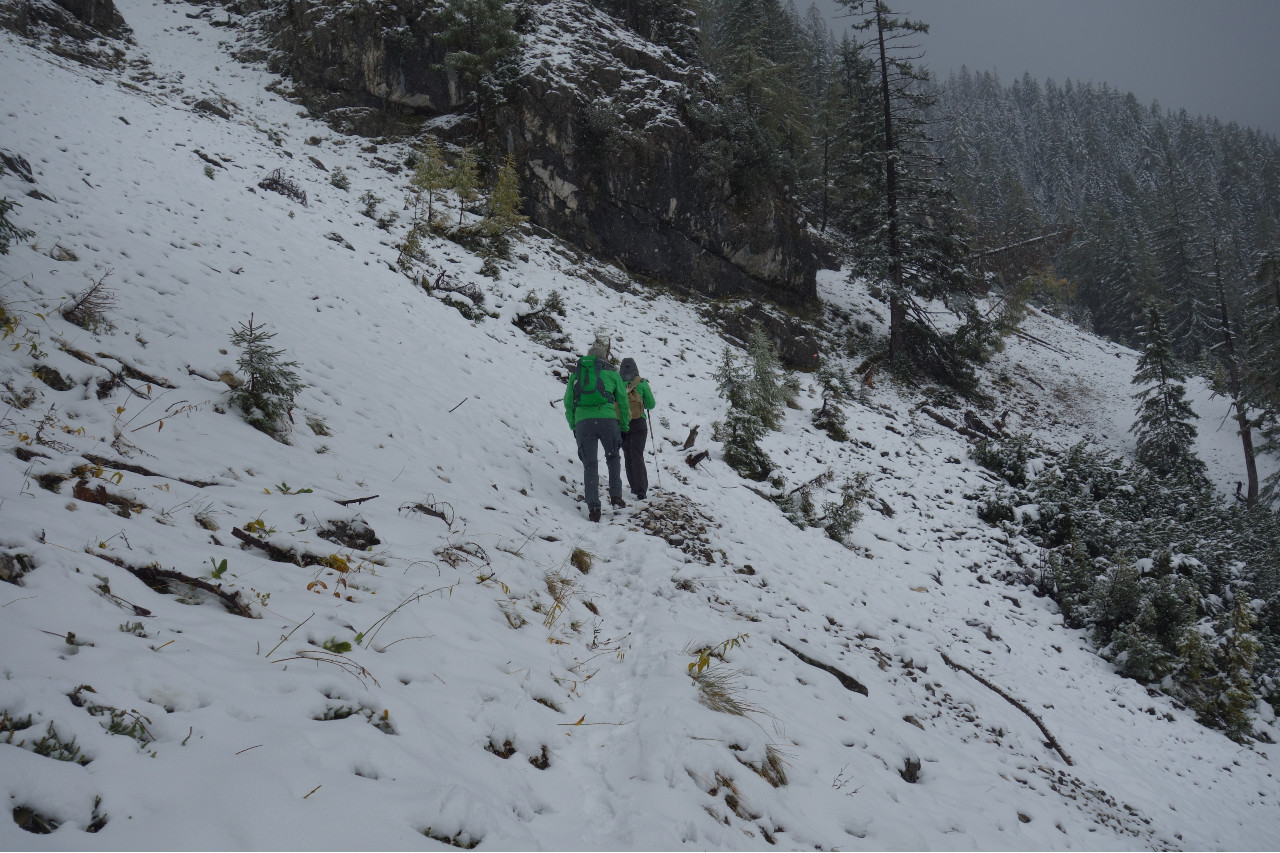
chris cummins
Such unbalanced forests that have spread over much of Austria have also become vulnerable to bark beetles, since each species of beetle attacks only one species of tree. Now climate change has seen the beetle active at ever higher altitudes, areas once safe from the beetle because of the harsh cold. It is a nightmare for forester’s and the cost of the damage is incorporated into the price of wood.
The Bark Beetle As a „Colleague“
But because of their diversity, the near-natural forests of the Kalkalpen are much more resilient. Ranger Leopold Döcker describes the beetle as a “colleague”. It plays a role in the recycling process, eliminating dead spruce wood, and serving an ecological controlling process by not allowing one single species of tree to dominate.
With the beech tree now resurgent, the Kalkalpen National Park was awarded the status of World Natural Heritage site in 2017, an honour and responsibility that Iris is particularly proud of.
Not far away from here, she tells me, there’s a living beech tree that was already growing here in the age before Columbus sailed to the Americas; at nearly 550 years old it has exceeded the usual life expectancy of a beech by a couple of centuries.
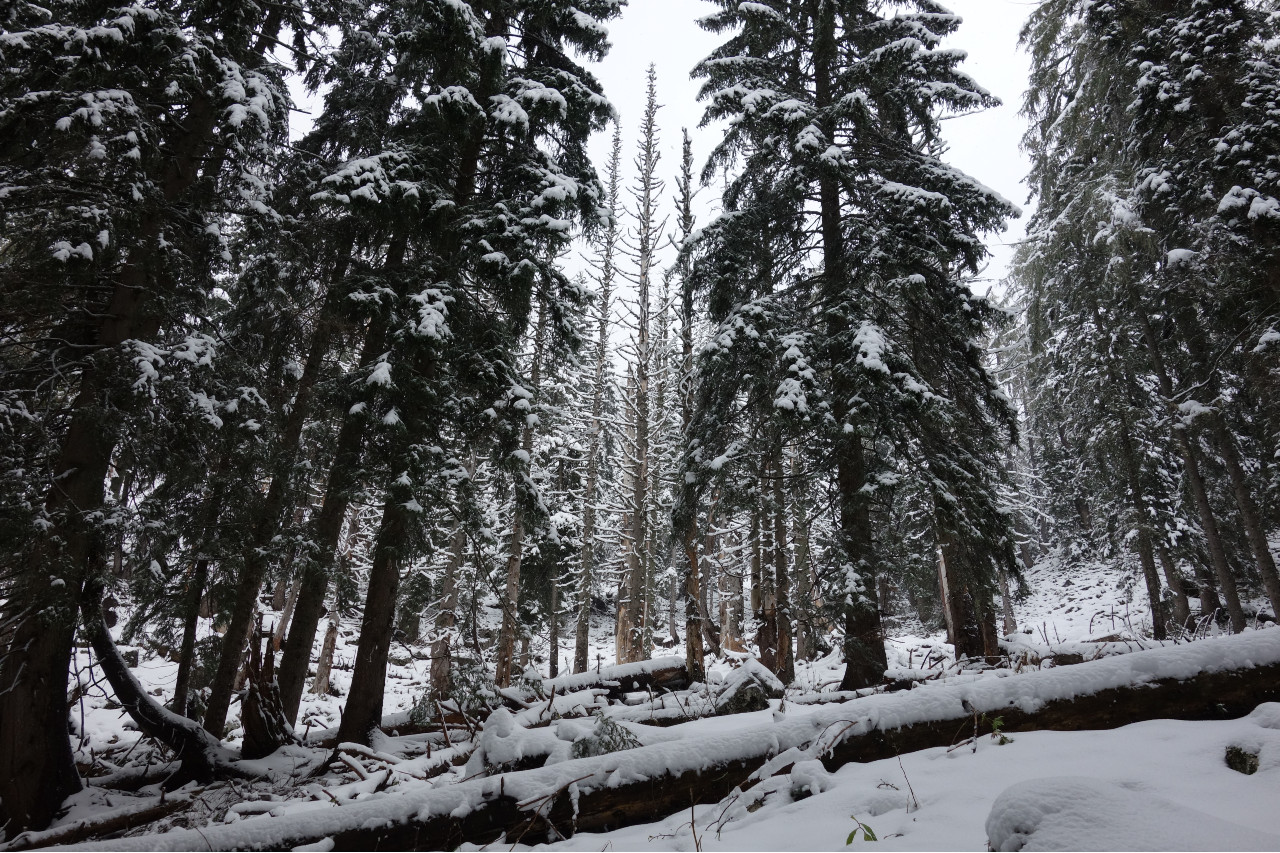
chris cummins
Standing dead trees are vitally important for healthy ecosystems
We come across some dead trees – still standing, leafless, ghostly white and looking statuesque in the snow. I’ve always seen these as a sad sight, but ranger Leopold Döcker explains that these are a vital part of the ecosystem. A dead tree can remain standing for 40 years and as well as the woodpeckers, a third of all native bat species rely on their cavities as habitat.
The Athletic Chamois
Next we pass an open patch of mountain-side where the sheer cliff-faces have been blasted white by today’s strong wind. The cliffs look near vertical but mountain chamois dart around here, eating the shrubs and herbs that the wind exposes between the slabs of rock.
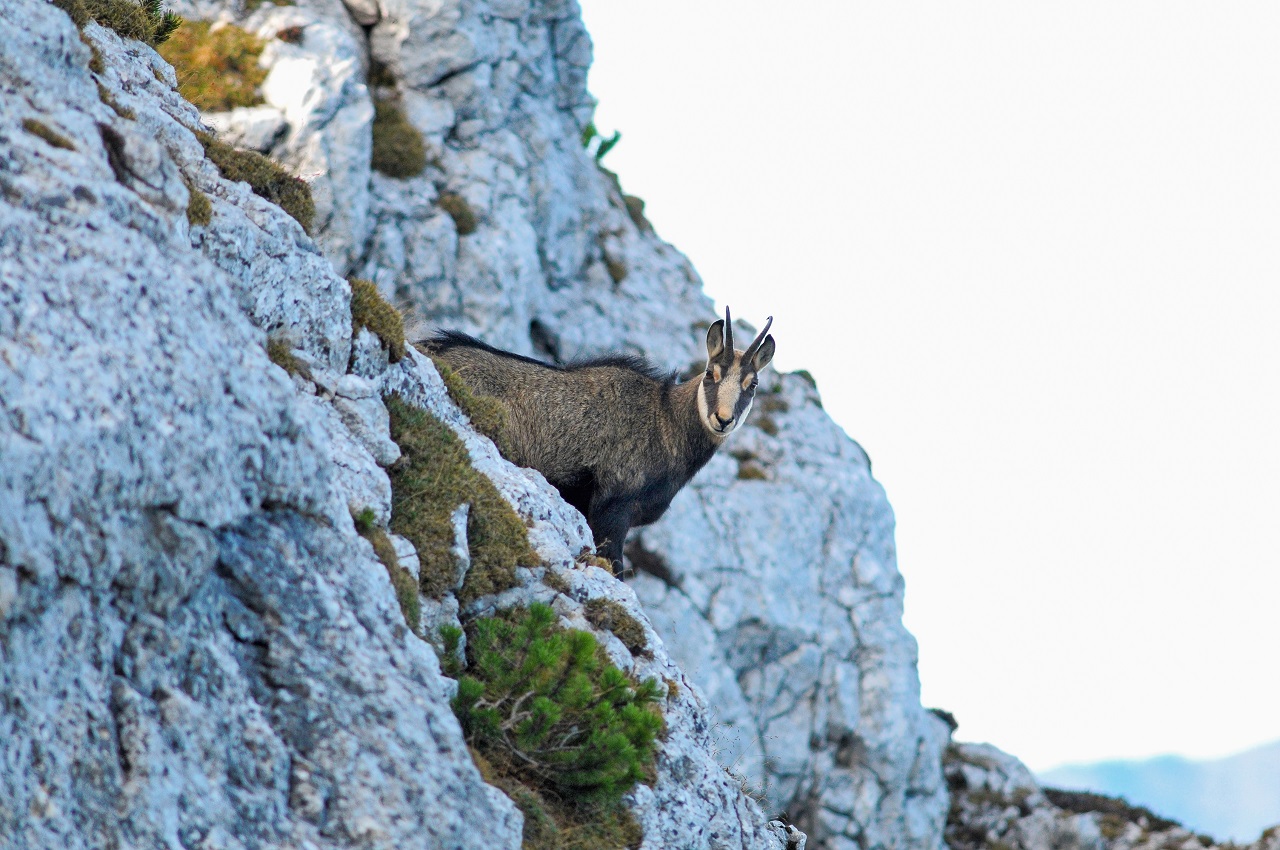
F.Sieghart/ Kalpenalpen National Park
One chamois comes bounding down past us, nimbler and faster than Marcel Hirscher in his prime. “They are amazing animals,” beams Leopold, “they only eat what they find up here, they never come down to the valley. They are so self-sufficient.” Early November will be their rutting season, the males bullying each other to win the pleasure of the females, so it is a time for them to build up their strength.
It’s not the nimble chamois, however, but rather the stealthy lynx that makes headlines for the park. It is the great prodigal son of the Kalkalpen. Indigenous to the region, this shy cat of the forests disappeared for 150 years, pushed away by hunters. In 2000 a photo trap showed that a male lynx had returned. Dubbed Klaus by the rangers, he roamed alone for years with no mate in sight. In 2011 a male and female were released into the park and they soon had offspring and every hiker in the snow dreams of seeing the prints of these most elusive animals.
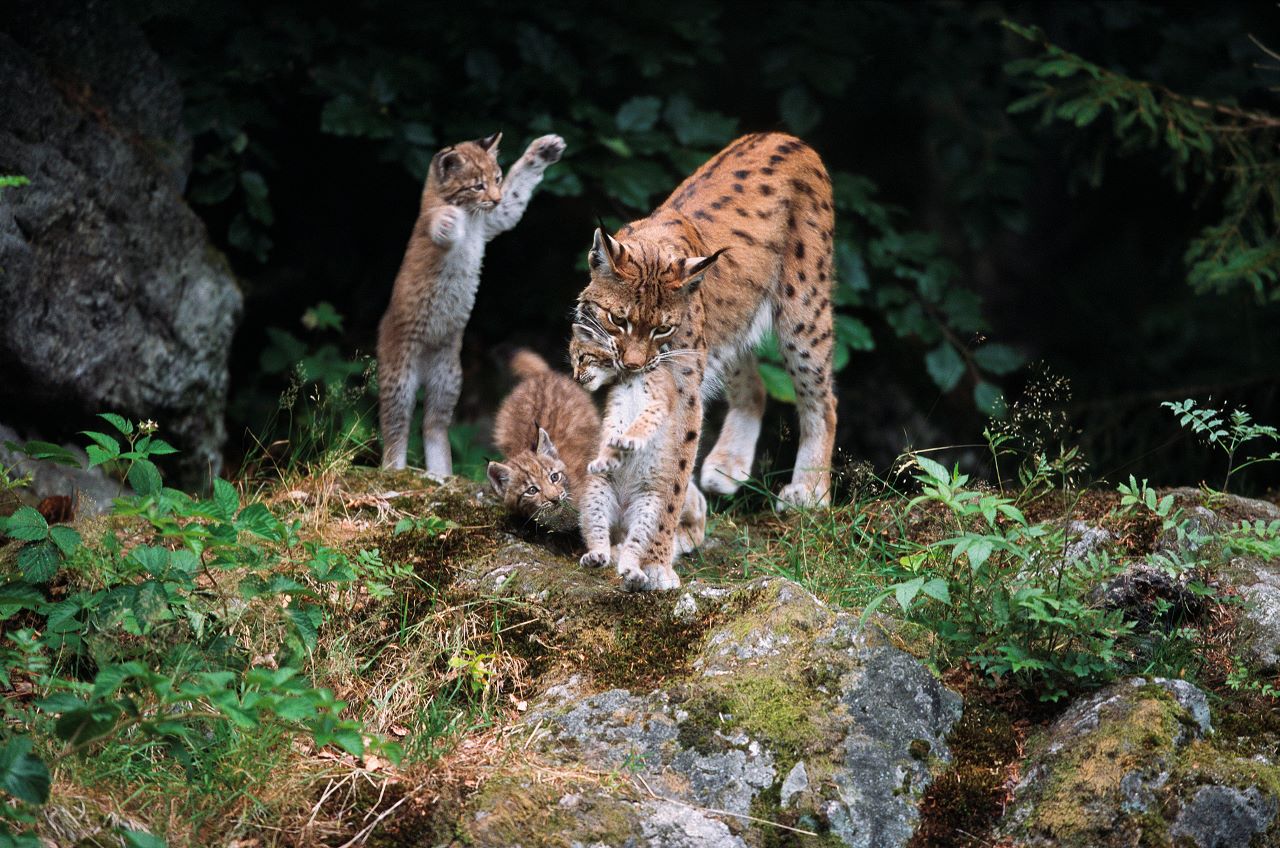
R.Mayr/Kalkalpen National Park
I adore hiking in the snow, but Iris urges me to return in spring when the forest is full of fluttering colour. Over 1,500 species of butterflies and moths call the National Park their home. There are drawn here by the hundreds of species of pollinating plants. It is the largest number of butterflies in Austria.
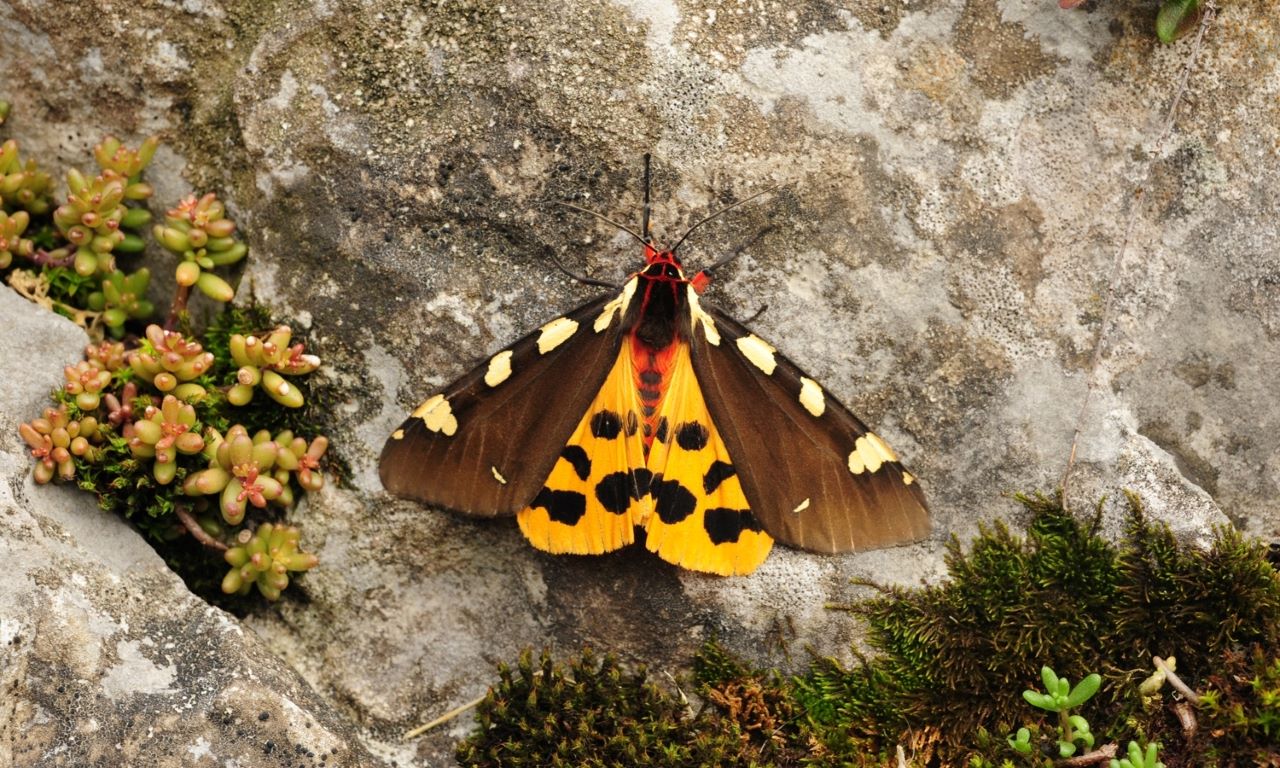
F.Sieghart/National Park Kalkalpen
Spring seems far away right now with the surprise October snow laying ever thicker as we climb, and I have to admit I’m getting quite chilly. So, at the peak of a rounded hill, it is nice to find a hut. And what a hut it is! The Bärenriedlau is a 300 year old two storied wooden hut that used to be used by Habsburg heir-apparent Franz Ferdinand before that unfortunate and consequence-heavy episode in Sarajevo.
The grumpy archduke was by no means a hero of biodiversity; he had a reputation of gunning down anything that moved on his extensive travels. Inside the hut, which was recently painstakingly renovated over the course of three years, there are photos of the archduke and his pals, armed with rifles and with heaps of chamois and deer. These images of slaughter seem a strange paradox in the middle of a park now dedicated to the protection of animals and nature.
Bernhard Sulzbacher, welcomes me inside with a warming raspberry schnapps, and explains why the national park renovated this former royal lodge: “What’s really great is that this area was reserved for very few people, the aristocrats, who came here to hunt. Today many national park visitors can come and enjoy this gorgeous nature – and can come and look at a little monument of our cultural history.”
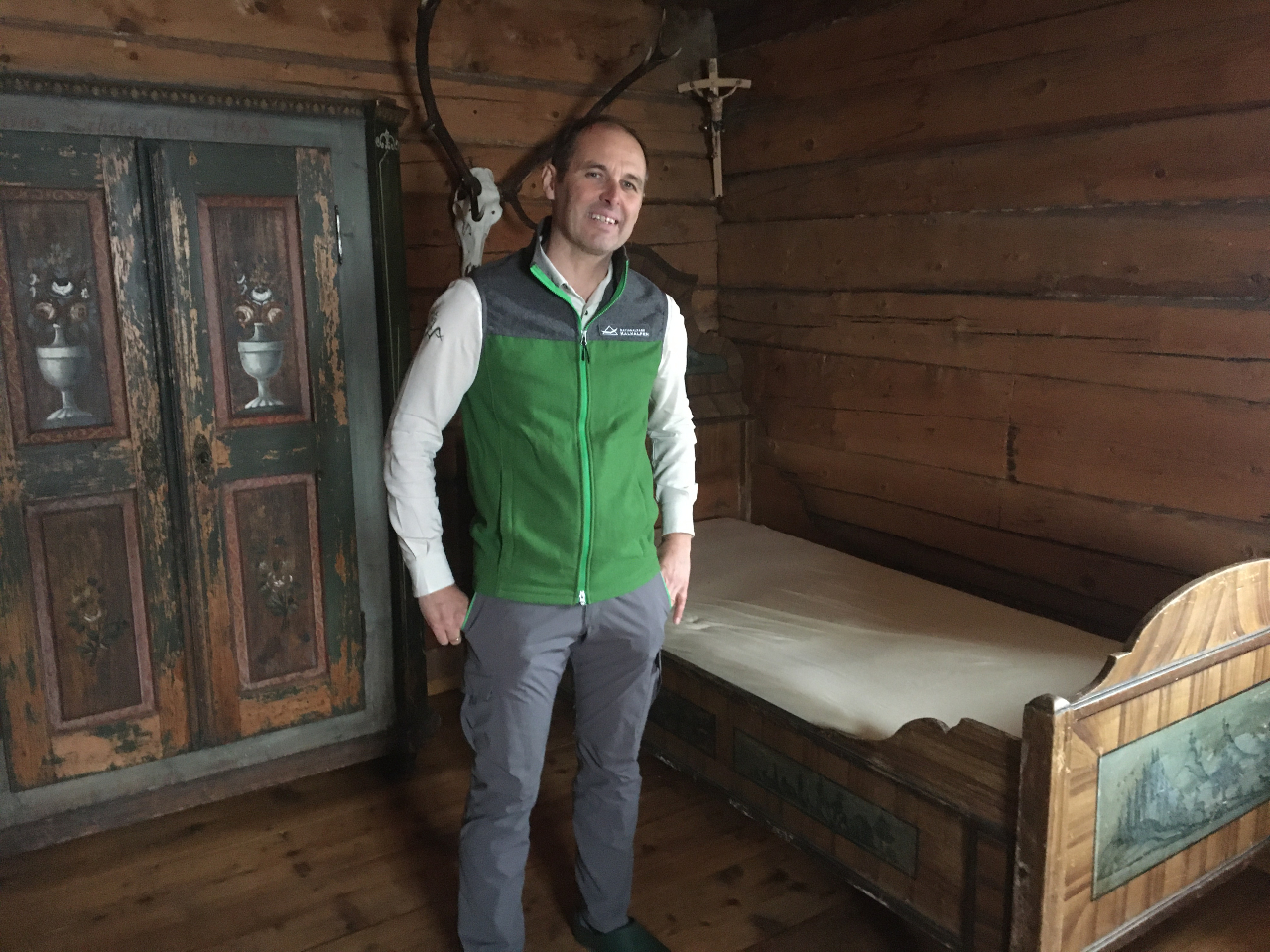
Chris Cummins
I mention to Bernhard that the Kalkalpen National Park seems particularly wild. I once spent three blissful days mountainbiking through the region and was struck by its timelessness; the hectic world seemed a million miles away. Some of the park is a tangle of green where you can ride or hike for hours without seeing another soul or any infrastructure.
“Yes, a lot of this park is totally untouched by human hand,” Bernhard says, “there are few access roads and that has helped preserve a wilderness that looks much as it did a thousand years ago. If you are prepared to cycle or hike you can really immerse yourself in this.”
Bad Marks For Austrian Biodiversity
Such an area of pristine wilderness is vitally important for Austria’s biodiversity and an era where raw nature is being swallowed up by agriculture and industry.
This year, the EU released its latest State of Nature report, a assessment published every 5 years on European diversity. It made grim reading: 80% of key habitats are rated as being in poor or bad condition. In this latest report Austria fared particularly badly. Yet this year the EU has set post-2020 biodiversity goals, part of the Green New Deal, that aims to see 30% of European Unions’ surface marked as designated protected areas and 10% strictly protected by 2030.
So clearly national parks, such as the Kalkalpen, will have a big role to play. Can they be expanded?
„Watch how nature reacts“
“We have to be honest, not just here in Austria but in all of central Europe, that this part of the world has been intensely used since the Middle Ages,” says Berhard, “There are islands of pristine forest here, among the near natural forest and it would be nice if the wild area could be expanded. But there are certain prerequisites that an area has to have to be wild enough to become a National Park and it is pointless including land that doesn’t fulfill those conditions.” He does think, however, it would be wise to create buffer zones on the edge of parks and watch how nature reacts."
Publiziert am 28.10.2020







